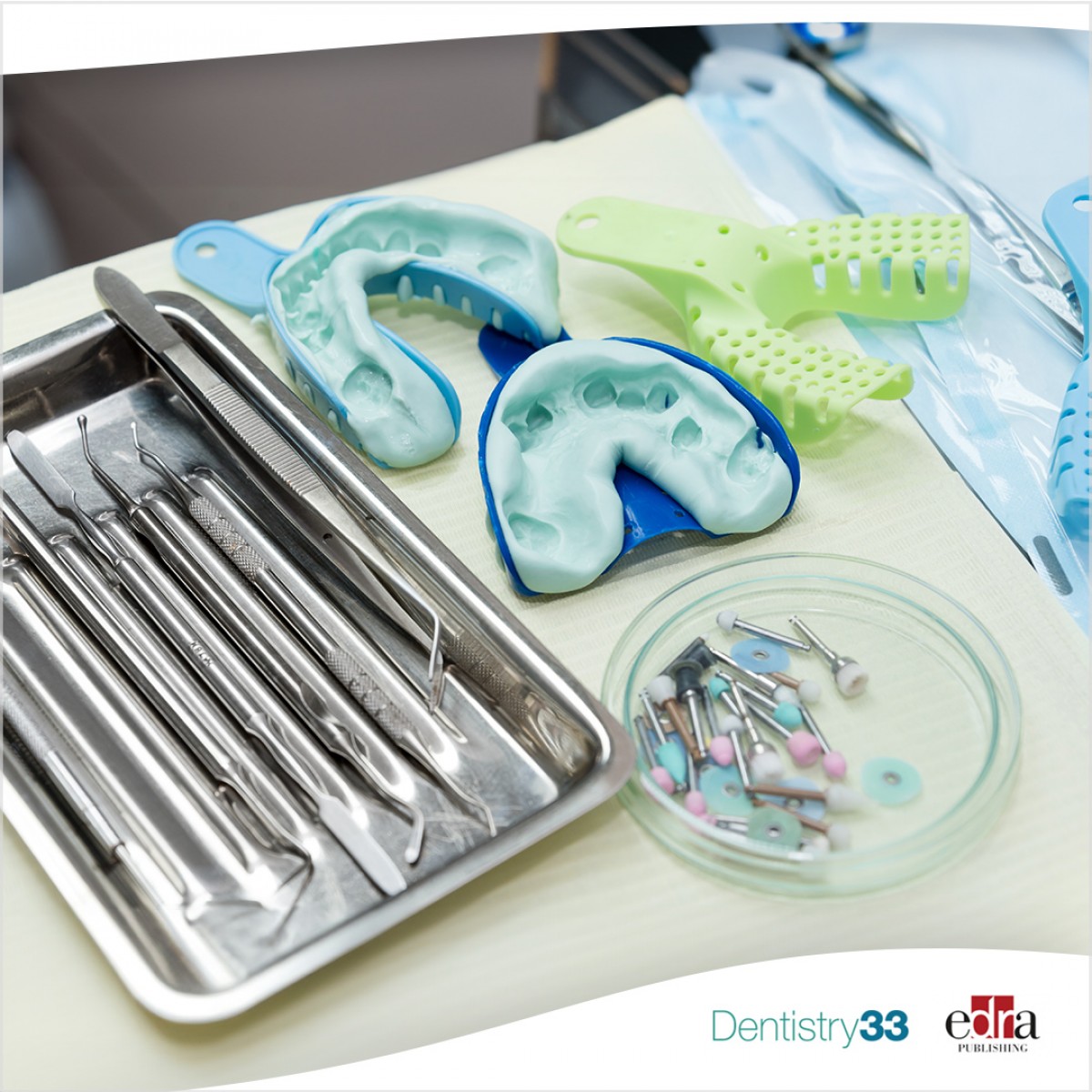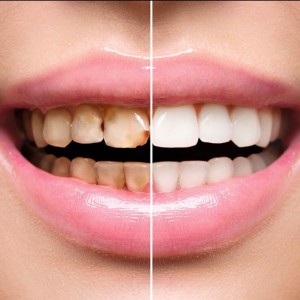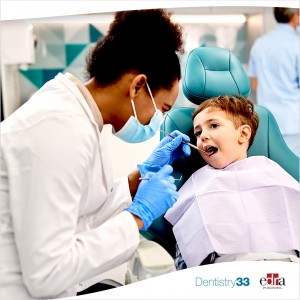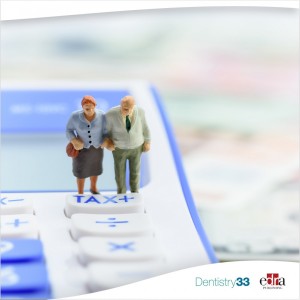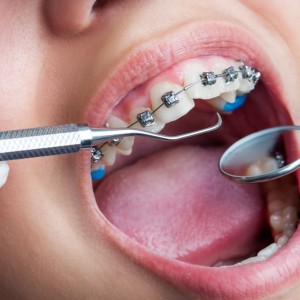
Longevity of dental materials – what is it really about and what can we do about it?
Lorenzo Breschi
Resin composite materials are the material of choice for restoring posterior and anterior cavities due to their proven good mechanical and esthetical characteristics. Thanks to the great advance in adhesive systems and resin composite materials, a clinical can be minimally invasive in restoring small defects but can also restore large defects with direct composite restorations with a predictable clinical outcome. Recent studies showed that, if these materials are handled properly, resin composite restorations can last even more than 30 years, with relatively low annual failure rate (about 2%). Nevertheless, there are certain risk factors that are responsible for failure of restorations, and they can be divided into: patient-level factors, dentist-level factors, and tooth/restoration-related factors. The most common failures seen in anterior teeth are due to esthetic reasons and fracture, while posterior restorations fail due to secondary caries and fractures. Non-carious cervical lesions fail due to loss of retention and marginal discoloration. So, what can we do to prolong the life-span of the restorations we place?
Firstly, we should know that gender and the type of resin do not seem to influence the clinical longevity of composite restorations. On the other hand, high caries risk, parafunctional habits and socio-economic status do seem to play an important role on the survival of the restorations we place. Similarly, endodontic treatment (increases the risk for failure more than 2 times) and number of restored surfaces are important for tooth prognosis. Lastly, it is of great importance to underline the “dentist-factor”: different operators and operator’s experience can significantly influence the longevity of restorations. Therefore, it is essential to strictly follow manufacturers instructions when carrying out restorative procedures, as well as to treat their patients comprehensively and individually, promoting a healthy lifestyle which includes excellent oral hygiene level and regular check-ups.
 Related articles
Related articles
Restorative dentistry 28 February 2024
Longevity in Dental Restorations: Beyond the Role of Composite Materials
While it is commonly believed that the choice of restorative material significantly influences the longevity of direct restorations in cavities caused by caries, a systematic review by Demarco et al....
Prosthodontics 13 December 2023
Do direct and indirect reconstructions have the same clinical longevity?
Resin composite materials are commonly used to perform direct restorations. Improvements in their mechanical and esthetic properties have characterized the last decade. Nevertheless, resin composite...
Editorials 11 November 2022
If you have saved over the years while working, you may find that your savings must last longer than expected.
Pediatric dentistry 26 October 2022
One of the milestones of preventing occlusal caries is the early application of sealants for pits and fissures. Recently, a new group of primed adhesive sealants have been introduced with an aim...
Market 22 July 2022
Author: Luigi Campopiano
There is no single type of old age, because the period that projects adulthood towards an increase in longevity extends to a broad spectrum of years, between 55 and 85-90, in which there are...
 Read more
Read more
Orthodontics 28 October 2025
The relationship between odontogenic bacteraemia and orthodontic treatment procedures
The purpose of this research was to estimate the prevalence and intensity of bacteraemia associated with orthodontic treatment procedures.
Editorials 28 October 2025
Third Annual Haptics Competition Puts Students’ Dental Skills to the Test
Diana Torosyan (DDS ’28) takes home top honors in competition that expanded for the first time to include University of North Carolina dental students.
Dentsply Sirona, the world’s largest diversified manufacturer of professional dental products and technologies, and Rapid Shape, a leading innovator in German-engineered dental 3D printing...
News 28 October 2025
BIOLASE, the global leader in dental laser technology, will present a major advancement in periodontal care during the American Academy of Periodontology (AAP) 2025 Corporate Forum in Toronto,...
News 28 October 2025
From advancing the specialty of office-based anesthesia through the medical/dental fields as a whole, ranging from procedures to technologies being implemented now and in the future, Office...


